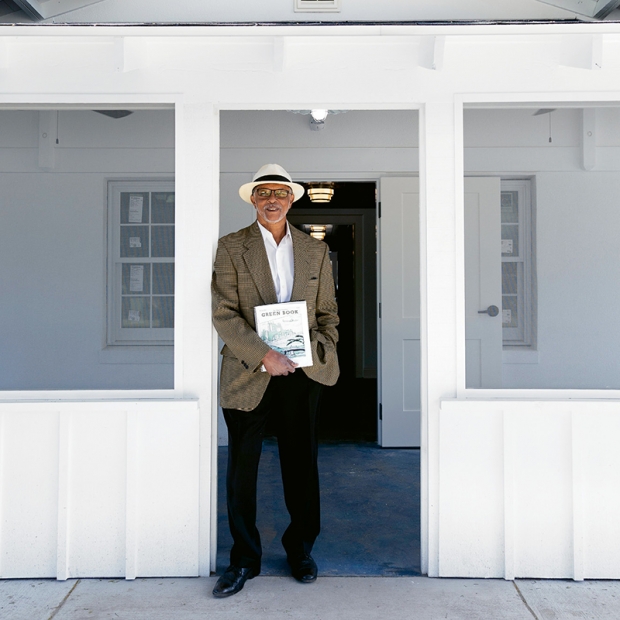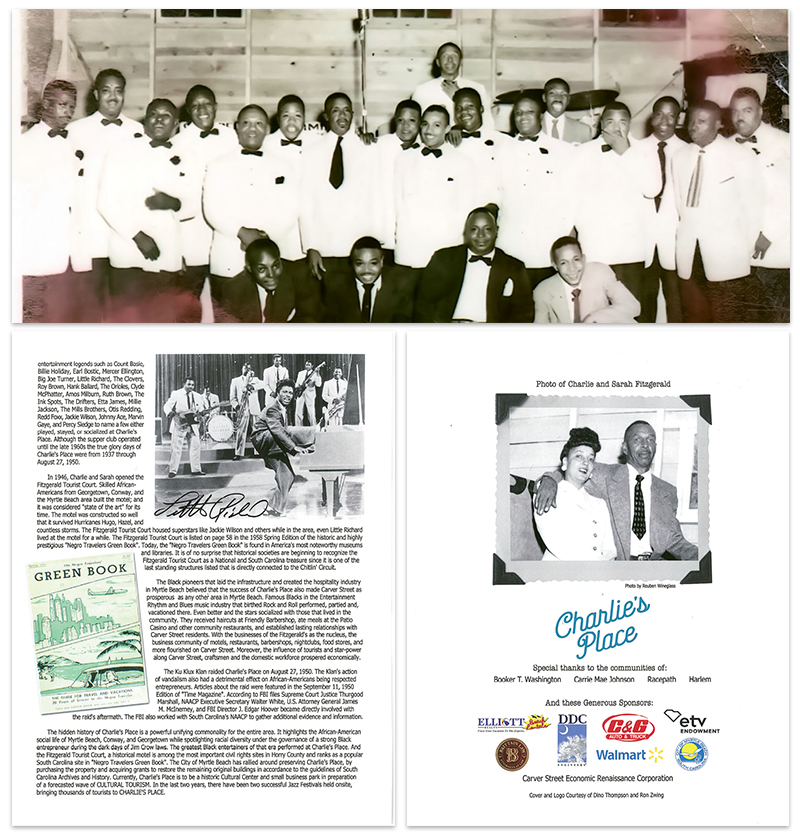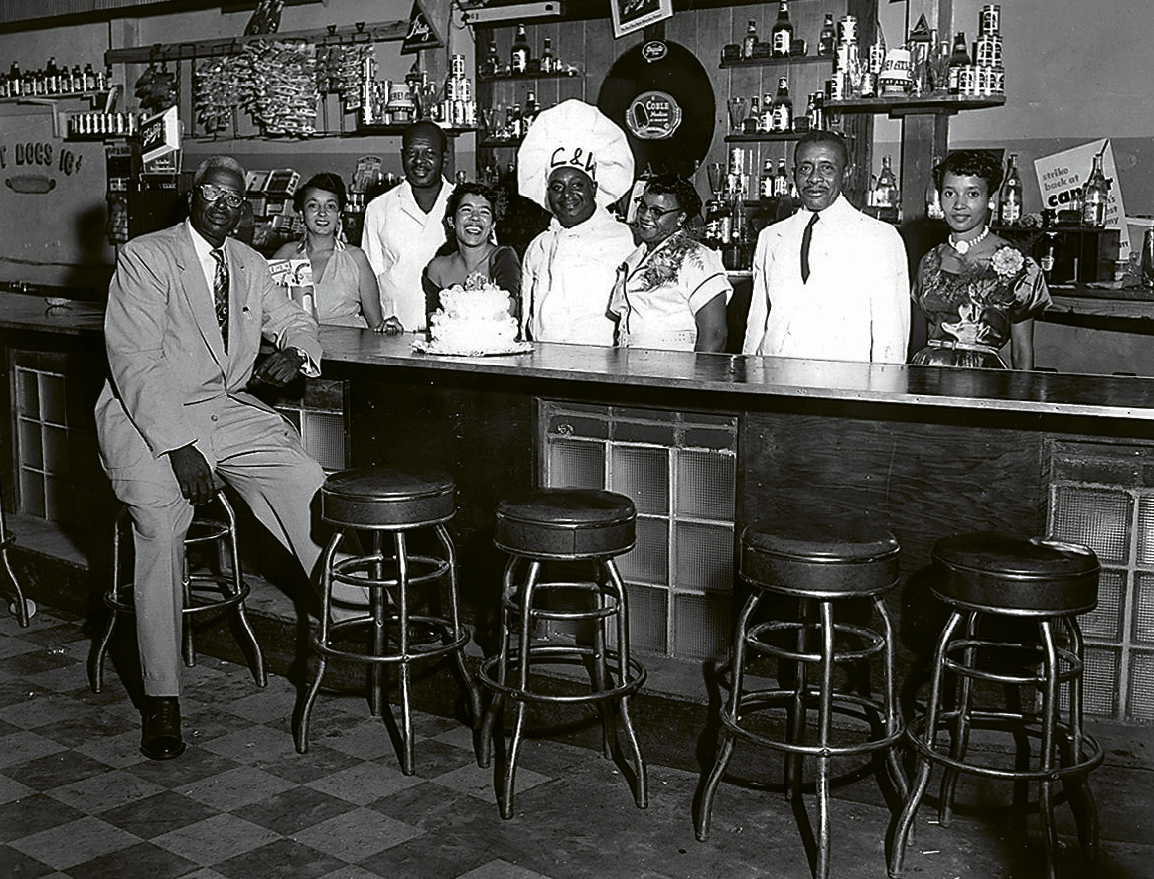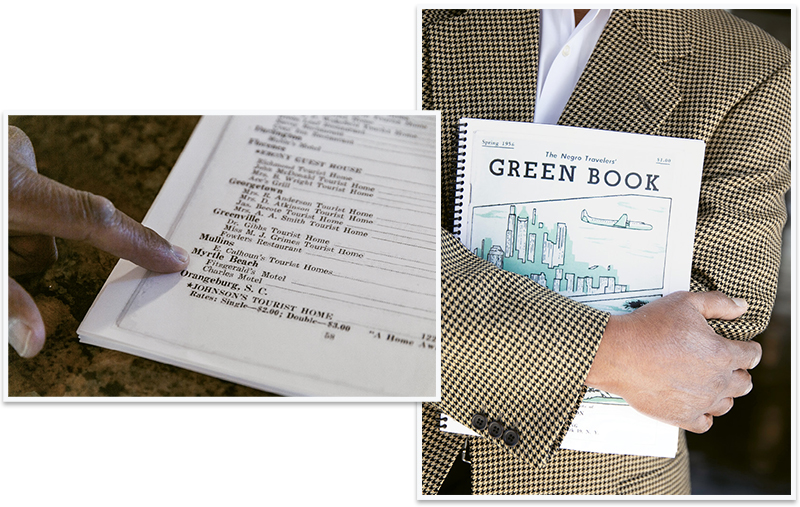Charlie’s Place on Carver Street promises resurgence of pride and opportunity

The lights are low, the place is packed, and music rocks the room; teenagers are everywhere, spinning and swinging as they dance the Twist, the Chicken and the Shag. In the evenings, tunes blare from the jukebox, but late nights bring the hottest live acts performing Motown, jazz and R&B.
The scene sounds like one from Happy Days, but these images are rooted right here in Myrtle Beach, circa the 1940s and ’50s. The difference is the nightclub owner was black, the audience was integrated, and the artists were performing impromptu “Saturday night special” sets following their scheduled concerts to white audiences at the Ocean Forest Hotel.
The performers, which included Billie Holiday, Dizzy Gillespie, Little Richard, Duke Ellington, Cab Calloway, Lena Horne and Ray Charles, were not permitted to stay at the hotel in the segregated South, so they took accommodations at Charlie’s Place “on the Hill.” Owned by Myrtle Beach residents Charlie and Sarah Fitzgerald, the property included a restaurant, hotel and nightclub.
The locale was part of the “Chitlin’ Circuit” of performance venues that provided cultural and social acceptance to African-American artists during Jim Crow years; Charlie’s Place was listed in Victor Green’s The Negro Travelers’ Green Book, a series of titles published from 1936 to 1966 and popularized in the recent film Green Book. In its heyday, Charlie’s Place, located on Carver Street just off 21st Avenue North in Myrtle Beach, was a haven for black travelers and a hotspot for young, integrated revelers.

In 2015, 50 years after Charlie’s Place closed its doors for the last time, the City of Myrtle Beach voted to own the story.
Herbert Riley, CEO of the Carver Street Economic Renaissance Corp., whose mother was close friends with Sarah Fitzgerald, initiated the drive to renovate the area, an effort that began in 2012.
“Though it wasn’t easy to get started, it’s caught the imagination of so many people,” said Riley. “It’s a story of entertainers, civil rights, integration and the Myrtle Beach hospitality business.”
The city bought the land, secured funding and established a plan for redevelopment in hopes of jumpstarting a magnet area that blends cultural, historic, community and economic opportunities.
“The site has got a lot of history in the community,” said Mike Chestnut, member of Myrtle Beach City Council. “We’re excited to see Charlie’s Place being saved and renovated, and hopefully this will be the kickoff of the revitalization of the neighborhood.”

One chapter of that history is ugly. In August 1950, the Ku Klux Klan conducted a raid at the site, bringing 26 cars and 80 people to terrorize Fitzgerald and his patrons. Hooded criminals beat and kidnapped Fitzgerald, beat the patrons and shot 400 rounds inside the club. The FBI and the South Carolina NAACP became involved in the investigation, and the event was featured in Time magazine. Ten Klansmen were later arrested, but none were prosecuted.
“It traumatized people,” said Riley. “They didn’t tell their children. People around here who were kids at the time, who are now 45–60 years old, they don’t know about it.”
The tragic irony of the event, Riley said, is that outside of the raid, Charlie’s Place was a safe space where diversity thrived.
“You expect juke joints to be dangerous, and they were,” said Riley, “but this one was different. That’s why people flocked there. Charlie made sure that people were respectable.”
Dino Thompson, local restaurateur and board member of the Carver Street Economic Renaissance Corp., visited Charlie’s Place often in his youth and recalls seeing Little Richard play there. The nightclub was one of the few places Jim Crow laws, which required white and black patrons to be separated with a rope or a balcony, did not apply.

“At Charlie’s Place, whites and blacks mingled with no problem except for the one incident,” Thompson said.
The Fitzgeralds rebuilt the club in the years following the raid, renaming it Whispering Pines. Charlie passed away in 1955 from cancer, and Sarah kept the club and its legacy going, hosting such celebrities as Percy Sledge and Otis Redding.
In April 2017, the city issued a proclamation recognizing the site’s significance, and it secured funding in summer 2018 through a federal Community Block Development Grant to renovate and restore the spot. A historical marker dedication led by Myrtle Beach Mayor Brenda Bethune in October 2018 officially launched the redevelopment process.
Charlie’s Place was originally comprised of the Fitzgerald home, with a motel surrounding it in a U shape and the restaurant/nightclub located behind the house. Each had fallen into various stages of disrepair over the past five decades; the nightclub was razed years ago, and the redevelopment team’s initial evaluation determined the motel would require complete demolition as well. However, a second survey found that part of the motel could be saved.
Thus, the master plan for redevelopment involves three phases. Phase I, completed in February 2019, involved renovation of the Fitzgerald home. The structure received a new roof, interior walls, heating and electrical systems, and exterior restrooms accessible from the outside for use during special events such as the Myrtle Beach Jazz Festival. The entire property will reflect and honor the spirit of the original site.
“We’ve been able to maintain the exterior so it looks like it did in its original condition,” said Ron Andrews, former assistant city manager and current special projects coordinator for the City of Myrtle Beach. “It’s a requirement of the state historic preservation that it look as much as possible like it did from the outside.”
The house will include a meeting space with a kitchen and bar that replicate the original club, as well as offices and spots for incubator businesses.

The second phase of redevelopment began in March and is slated for completion by the end of the year. It involves refurbishment of four hotel units that were salvageable, new construction of eight additional units, and creation of a paved road between the house and the motel.
Three of the motel rooms will feature decor and memorabilia from the 1940s, ’50s and ’60s at Charlie’s Place, and two will be dedicated to the Green Book travel guide legacy. Two paved roads will run through the property: Little Richard’s Road, to honor the entertainer who lived at the motel for a period, and Lady Day Lane, a tribute Billie Holiday.
“There’s a lot of history there that’s been forgotten,” said Thompson. “We’d like to bring back a little of that history that people will be able to enjoy and be proud of in both the white and black community.”
PHOTOGRAPHS COURTESY OF CARVER STREET ECONOMIC RENAISSANCE CORP AND JACK THOMPSON